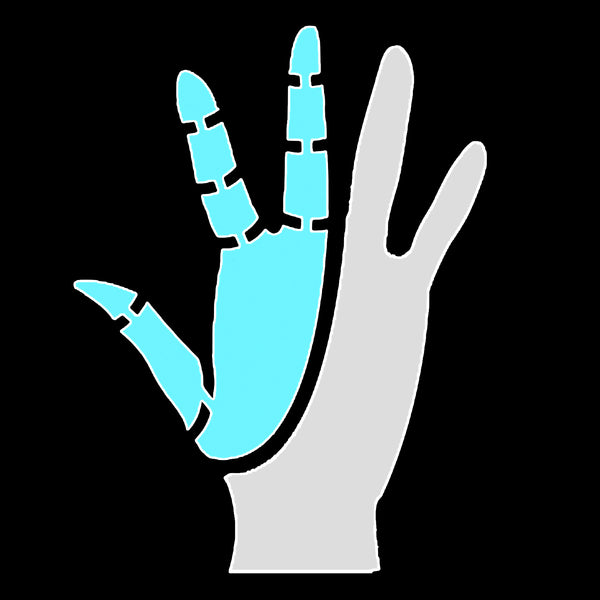|
This worked wonderfully to transmit military plans, complex messages and even aerial photography throughout the first world war, but the need to set up the documents on a well lit wall limited the use of this technique to prepared messages. What if one wanted to steal documents? This method isn’t well adapted to covertly stealing documents, the thing microdots are generally associated with. Well enter Professor Emanuel Goldberg, with his conference paper entitled “A new process of micro-photography” in the British Journal of Photography in 1925. By photographing the backlit negatives of the documents in question this second film could minimize a page of text to an area less than 0.1mm square. This would become known in parlance as the British method, even though he was a professor in Dresden and the German secret services started using this method extensively in the interwar period. Following a kidnapping by Nazis, he emigrated to France where he continued his work for Zweiss subsidiaries before moving to Palestine in 1937.
This methodology alone would be very useful for covert work, but another piece of technology was required to make microdots the ubiquitous spy technique. This came in the sleek form factor of the Minox camera, designed and developed by Baltic German Walter Zapp in 1937. His subminiature camera could be easily hidden inside many innocuous objects and with the capability to focus onto objects as close as 8in (200mm) away, it made the surreptitious photographing of sensitive documents a breeze! Though Walter intended this camera to be an easily portable everyman’s camera, something anyone and everyone could have in their pockets, the prohibitively expensive manufacturing limited it to a gizmo for the rich and affluent. The Minox company only sold around 17,000 of its flagship cameras by the end of the production run in 1943. In 1939, as the inevitability of general conflict across Europe became evident to the British secret services, they started a campaign to buy as many of these cameras as they could. The US, having awoken late to the threat ended up paying as high as 400$ a piece, forcing the US to develop a copycat camera. Spies from both Axis and Allied countries would use the Minox camera to take pictures of sensitive documents and installations throughout the war, and then turn the films already a quarter the size of regular 35mm into microdots to be sent via mail hidden in postage stamps, dolls and a slew of other items. On their end the Japanese developed matchbox cameras, which were similar in function but were not as mass produced and couldn’t be explained away as just a vacationing camera.
With the end of WWII and the start of the Cold War the use of microdots only increased as the need to keep up with the other sides’ dastardly plans was paramount to the survival of the competing Nuclear Superpowers. The CIA and FBI have many examples on display on their websites of intercepted microdots.
Minox B Camera used by John A. Walker, the spy who allowed the Soviets to crack US Naval codes.
A minuscule Microdot Camera.
An example of a Matchbox Camera handed to operatives behind enemy lines.
Microdot Doll used by the Germans in Latin America during WWII.
|
